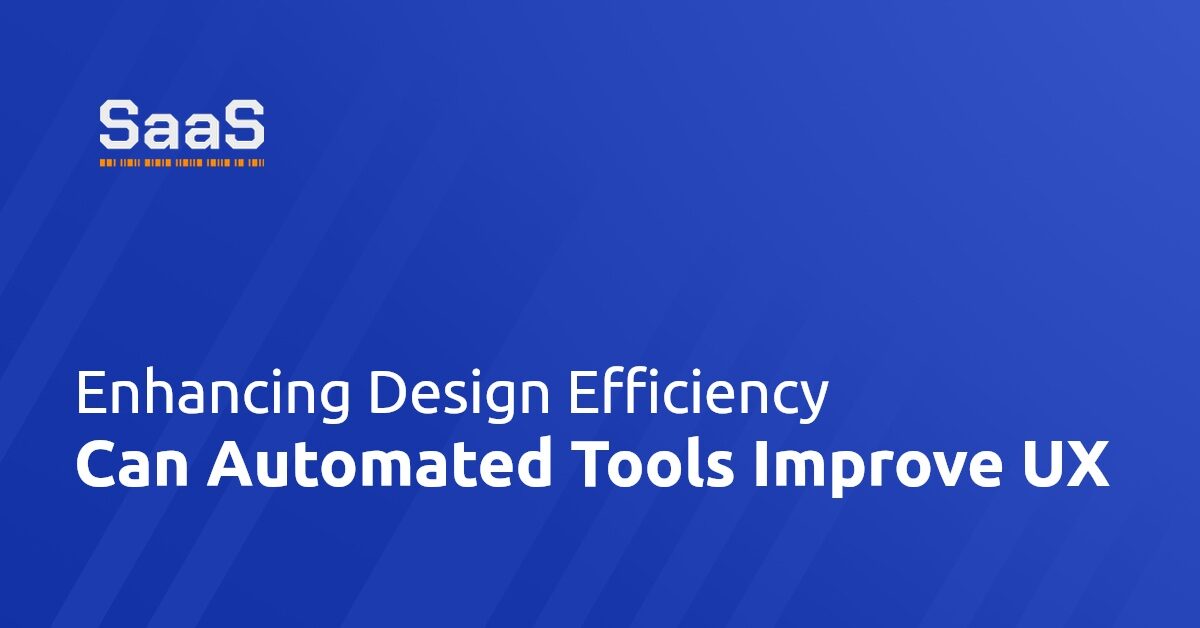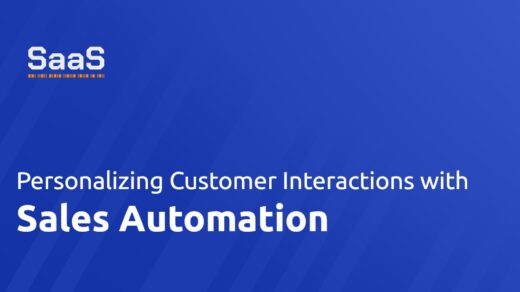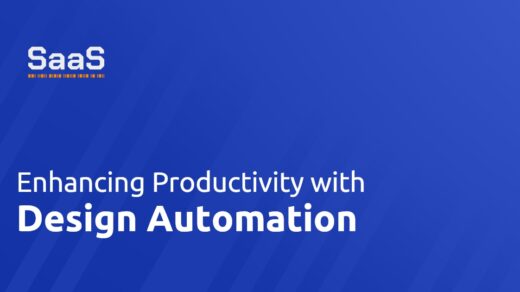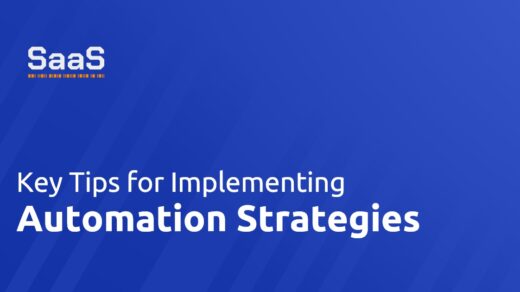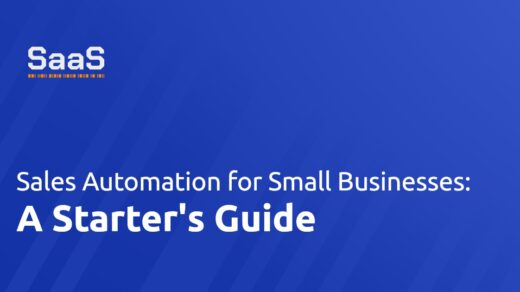Enhancing Design Efficiency: Can automated tools improve UX?
Automated design tools are increasingly part of our technology-driven, fast-paced workplaces. Tools such as Sketch, Figma, Zeplin, and Adobe XD are playing pivotal roles in design, boasting features that streamline design processes. These tools offer fluid, seamless experiences, better alignment with cross-functional teams, and significantly quicker design-to-development timeframes.
Their primary promise is enhanced efficiency. Automation jumps in to handle repetitive and time-consuming tasks, freeing up designers to focus on creating and refining. But can they improve the user experience as well? To make a favorable impression on users, automation must not come at the cost of usability and feasibility. Therefore, it's vital that automated design tools offer smooth, intuitive interactions while delivering the mentioned efficiency.
Balancing User Needs with Automation in Design Tools
Automation carries the potential to revolutionize design work. Nevertheless, a careful balance needs to be struck to ensure that automation doesn't overpower the needs of the user. Vision, strategy, and understanding the user are essential ingredients to any design.
Design software solutions can enhance productivity and creativity but should not eliminate the human touch. The role of designers becomes even more critical. They need to communicate the user experience effectively, ensuring that automation complements and enhances, rather than replaces the human-centered design process.
Whether through automated feedback generation, rapid prototyping, or efficient code exporters, ensuring that tools enhance rather than hinder human creativity is paramount. Balancing creativity with productivity is key to delivering a viable user experience.
Are Automated Design Tools Meeting User Expectations?
Expectations from automated design tools are lofty. They are expected to deliver a combination of efficiency, convenience, and creativity augmentation. In many cases, they hit the mark. Agile design processes see benefits with collaborative tools that have built-in automation. Their use reduces the time taken to design, test, and refine ideas, making for a user-friendly experience.
However, automation can also lead to frustration if not appropriately implemented. When tools don't respond as expected, or automation supersedes manual input without enough flexibility, the user experience can become frustrating. Feedback for such tools becomes critical – design automation tools must retain this capacity for feedback to stay in tune with user needs.
Embracing Innovation: The Future of UX in Automated Design Tools
The future seems promising for UX in automated design tools. Increasingly sophisticated machine learning algorithms and artificial intelligence promise to further streamline the design process, creating designs with higher reception rates and user satisfaction.
Imagine a future where AI integrates with our design tools and makes intelligent recommendations based on user feedback, user testing, and heuristic analysis. Or consider a situation where regression testing becomes instantaneous, reducing the time for UI testing significantly.
These aren't futuristic fantasies, but evolving realities of automation in design tools. Embracing these innovations will undoubtedly redefine the way we understand and enhance the user experience. It also reinforces the critical role of UX designers who can leverage these technological advancements to create designs that deeply resonate with users.
Ultimately, the synergy between designers and automated tools, coupled with a focus on improving user experience, will define the trajectory of UX in the digital design landscape. From boosted productivity to enhanced creativity and user satisfaction, automated design tools promise a design future that is efficient and user-centric.

